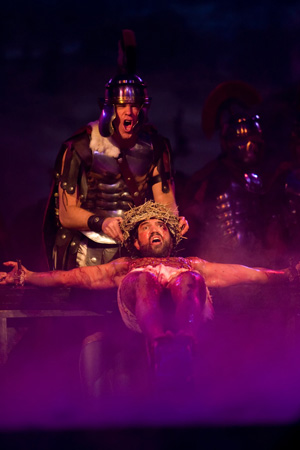
Anti-Catholicism has always been the pornography of the Puritan. Whereas the anti-Masons had envisaged drinking bouts and had entertained themselves with sado-masochistic fantasies about the actual enforcement of grisly Masonic oaths,* the anti-Catholics invented an immense lore about libertine priests, the confessional as an opportunity for seduction, licentious convents and monasteries. Probably the most widely read contemporary book in the United States before Uncle Tom’s Cabin was a work supposedly written by one Maria Monk, entitled Awful Disclosures, which appeared in 1836. The author, who purported to have escaped from the Hotel Dieu nunnery in Montreal after five years there as novice and nun, reported her convent life in elaborate and circumstantial detail. She reported having been told by the Mother Superior that she must “obey the priests in all things”; to her “utter astonishment and horror,” she soon found what the nature of such obedience was. Infants born of convent liaisons were baptized and then killed, she said, so that they might ascend at once to heaven. Her book, hotly attacked and defended , continued to be read and believed even after her mother gave testimony that Maria had been somewhat addled ever since childhood after she had rammed a pencil into her head. Maria died in prison in 1849, after having been arrested in a brothel as a pickpocket.
Richard Hofstadter, The Paranoid Style in American Politics
Brian Busby also has some posts on Maria Monk, alleged author of the anti-Catholic classic Awful Disclosures of Maria Monk, calling it “the best-selling work of fiction ever set in Montreal”. More likely it was written by American anti-Catholics who knew how to appeal to a nation steeped in Gothic/sentimental literature.
This book used common Gothic tropes: virtue in distress, murdered children, imprisonment, underground passages and chambers, arbitrary authority, cruelty and claustrophobia. It didn’t stint on describing and depicting the abuse of the nuns:
Most 19th century editions feature the same 38 engravings, all depicting characters and scenes in the book. There is, for example, the ‘inhuman priest’ Bonin in action pose. According to the book, it is he who, with an undisclosed number of nuns, trampled Sister St. Frances to death. Many of the images feature tormented nuns, women who have endured rape and torture, such as the ‘melancholy’ Sister St. Martin and ‘Mad Jane Ray’. In the illustration below we see Maria herself, recovering from ‘the cap’, an instrument of punishment described as ‘small, made of a reddish looking leather, fitted closely to the head, and fastened under the chin with a kind of buckle.’ The reader is told that it was ‘common practice to tie the nun’s hands behind, and gag her before the cap was put on, to prevent noise and resistance.’
…
Bondage, flogging, branding… it’s no wonder that the ‘awful disclosures’ found readers amongst those attracted to the works of Sacher-Masoch, Sade and Mirbeau. Indeed, the book has at times been packaged to attract just such an audience.
The book had a long life, with many legitimate and pirated editions. More than a century later, Monk’s book was still being used, turning up in leaflets opposing John F. Kennedy’s US presidential campaign. It still turns up cited on anti-Catholic kook websites.
Has this particularly anti-Catholic brand of pornography been rendered obsolete as fantasy material by the assimilation of Catholics in North American society, the diminishing power of the Catholic church and the general secularization of society? A cursory search of Imagefap revealed a fair number of “nun” galleries, and searching for “nun” on Literotica produced one page of stories, so perhaps this particular kink still has some life in it.
Uncle Tom’s Cabin and Awful Disclosures bear a lot of similarities: highly political works which used the language of Gothic sentiment to make their point and involved audiences who might not have been involved in other discourses. One was progressive and humanitarian, the other was xenophobic and bigoted. One was inspired by truth, the other by paranoid fantasy. It indicates just how powerful a discourse this is.


